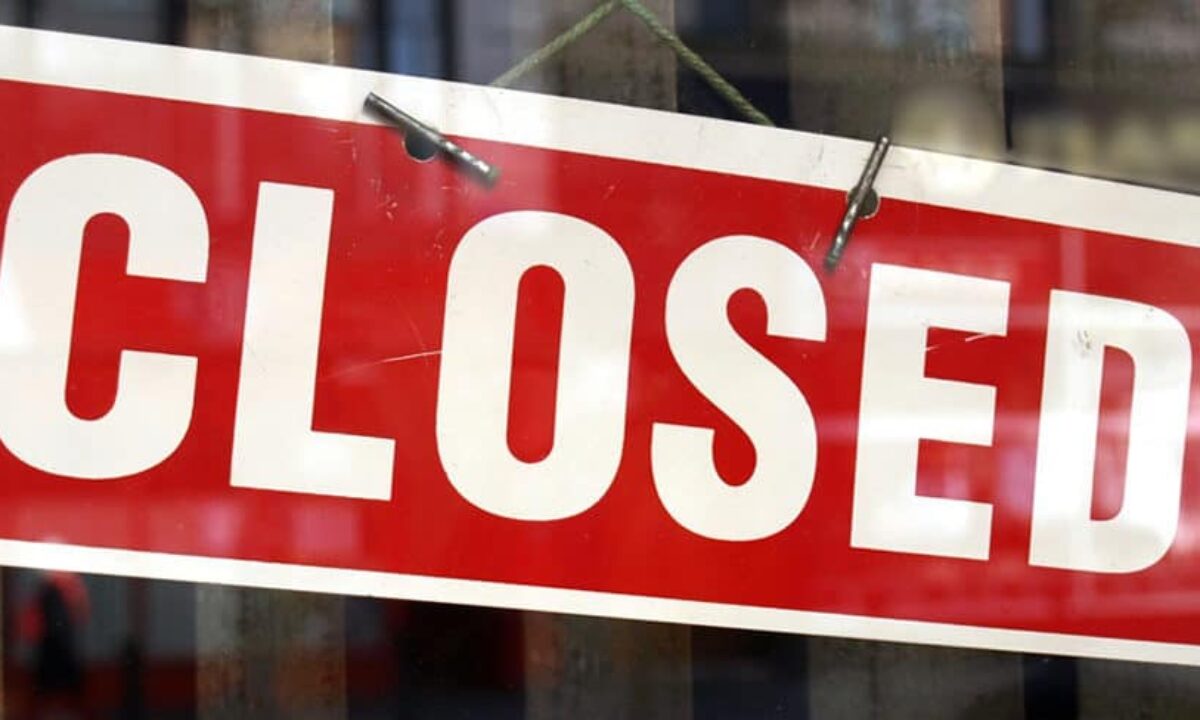Things about Company Liquidation
Things about Company Liquidation
Blog Article
Everything about Company Liquidation
Table of ContentsExamine This Report about Company LiquidationSome Of Company LiquidationCompany Liquidation Can Be Fun For EveryoneSome Known Factual Statements About Company Liquidation Company Liquidation Fundamentals Explained
A liquidator is particularly assigned to supervise the ending up of a company's events in order for it to be shut down normally when the firm is declaring bankruptcy. The liquidator is an objective 3rd party who oversees the sale of business assets in order to repay any type of exceptional financial obligations.Their role consists of, yet is not limited to: Impartial Movie director: A liquidator is tasked with working as an impartial 3rd party to look after the whole company liquidation procedure. Develop Declaration of Matters: Liquidators need to produce a thorough statement of events record. This paper is distributed to creditors, outlining the present financial condition of the organization at the time of its liquidation.
After the liquidation of a firm, its existence is removed from Business House and it discontinues to be a legal entity. If directors navigated the procedure uncreative, there would certainly be no charges or individual responsibility for firm financial obligations anticipated. Currently, with a tidy slate, directors can discover new service possibilities, though expert appointment is suggested.
The Ultimate Guide To Company Liquidation
If more than 90% of all business investors concur, liquidation can take place on short notice within 7 days, the minimum statutory notification for creditors. Normally, the larger the liquidation and the more properties and funding the business has, the longer the procedure will take.

We understand that no 2 companies are the exact same, which is why we will take the time to learn more about your company so we can suggest the most effective strategy for you. We only function in your ideal rate of interests, so you can be entirely confident in the service we provide.
The 7-Minute Rule for Company Liquidation
In the UK, there is an established process to shutting down or restructuring a minimal business, whether it is solvent or financially troubled. This procedure is known as liquidation and can only be handled by a licensed insolvency practitioner (IP) in conformity with the Bankruptcy Act 1986. There are four major kinds of company liquidation process: Creditors' Voluntary Liquidation (CVL); Compulsory liquidation; Administration; and Participants' Voluntary Liquidation (MVL).

In these conditions, it is vital that the company discontinues trading; if business remains to trade, the directors might be held personally responsible and it could result in the bankruptcy specialist reporting wrongful trading, called misfeasance, which may bring about legal action. The directors select a bankruptcy practitioner and once this has actually been agreed and confirmed, there is a conference internet with the shareholders.
Naturally, if there are no shareholders, this action of the procedure is not required (Company Liquidation). The IP takes control of the business and begins the business liquidation procedure. The directors are no much longer associated with what happens, consisting of the sale of the company's possessions. However, if the supervisors want any one of the properties, they can alert the IP.
The Single Strategy To Use For Company Liquidation
The major difference is that the company's financial institutions related to the court for an ending up order which forces the financially troubled business into a liquidation process. Lenders take this activity as a last hotel since they haven't gotten payment with various other kinds of arrangement. The court assigns an insolvency specialist, likewise understood as an official receiver, to conduct the required business liquidation procedure.
This kind of company liquidation is not volunteer and directors' conduct is reported to the UK's Assistant of State once the liquidation process has been finished. Any type of supervisor that fails to coordinate with the IP or has actually been involved in director misconduct, or a deceitful act, may result in serious repercussions.
It is used as a method to secure the company from any lawsuit by its creditors. The directors of the company consent look at this site to make regular payments to settle their financial obligations over a period of time. The selected manager handles the volunteer management process, and receives the payments which they after that distribute to lenders according to the concurred quantities.
The Greatest Guide To Company Liquidation
This provides the business with time to create a strategy going forward to rescue the company and stay clear of liquidation. However, now, supervisors hand control of the company over to the designated administrator. If a business is solvent but the supervisors and shareholders wish to shut the service, a Members Volunteer Liquidation is the right choice.
The business liquidation procedure is handled by a liquidator selected by the supervisors and shareholders of the firm and they need to authorize a statement that there are no lenders staying. The liquidation procedure for an MVL resembles that of a CVL in that possessions are realised but the profits are distributed to the original site directors and the investors of the business after the liquidator's charges have actually been paid.
Report this page